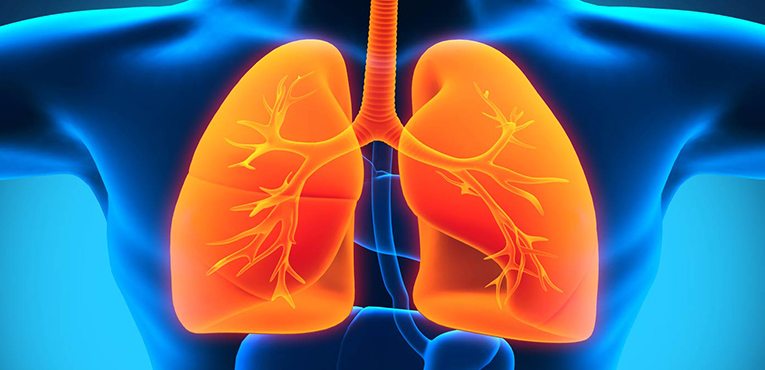
When it comes to dealing with cancer, prevention is one of the most important tools in our arsenal. Although scientists are making major breakthroughs in treatment options, most people would still prefer to avoid cancer altogether. Environmental factors can directly contribute to the development of many forms of cancer, and it’s important to know when to be wary.
Lung cancer is actually the leading cause of cancer deaths in the United States. While breast cancer has the highest rate of diagnosis, lung cancers have a much higher mortality rate. Often this is attributed to tobacco products, however, there are many other toxins that can contribute to the development of lung diseases.
Understanding how airborne pollutants impact indoor air quality can prevent environmentally-induced chronic breathing issues like asthma, lung cancer, and even rare cancers like mesothelioma. Preventing the inhalation and exposure to the following common contaminants and pollutants can save lives.
Asbestos: Asbestos is a natural silicate mineral that is fibrous in composition. Found naturally in the environment, asbestos was previously mined and used commercially to build homes and buildings prior to 1980. Once asbestos fibers become airborne, they can be inhaled or ingested and cause health concerns such as pleural mesothelioma affecting the lungs, peritoneal mesothelioma affecting the abdomen, asbestosis, laryngeal cancer, asbestos warts and more, which can develop up to 10-50 years following exposure. If your home, workplace or any other public facility has asbestos, look into having the asbestos removed by a trained professional or abatement company as there is no safe level of asbestos exposure.
Radon: Radon is an odorless, colorless, tasteless radioactive gas produced from the breakdown of uranium in stone, rocks and soil. Radon enters working or residential living spaces by way of passage through the ground, groundwater or building materials. Prolonged inhalation or ingestion of radon gas is the leading cause of lung cancer following cigarette smoke. The EPA estimates that eight million homes, or one out of every five, contain elevated levels of radon. If you have not checked your home for radon, visit radon.com for more information.
Cigarette Smoke: Both first and second hand cigarette smoke are extremely detrimental to health. Cigarette smoke contains over 4,000 chemicals, including 43 known cancer causing (carcinogenic) compounds among 400 other toxins; nicotine, tar, carbon monoxide, formaldehyde, ammonia, hydrogen cyanide, arsenic, and DDT, to name a few. Most of the chemicals inhaled in cigarette smoke, stay in the lungs, damaging the lungs over time. Cigarette smoke is the leading cause of lung cancer, taking the lives of 480,000 Americans each year aged 18 and older.
Any of these toxins could lead to the development of lung cancer or another serious disease. Finding ways to guard against the risks of these materials is one of the keys to reducing the mortality rates of lung cancer. But this cannot happen without first raising awareness about how potential hazards impact health.
Contributor: Anna Suarez is a health advocate passionate about cancer prevention and environmental education. She focuses on educating others about asbestos and supporting the cancer community as a whole. If you’d like more information about these topics, please click here. – January 4, 2018
